Chapter 1: A Study of Complex Adaptive Systems Theory as Defined by Organizational Scholar-Practitioners
Originally published as:
Wallis, S. E. (2006). A Study of Complex Adaptive Systems as Defined by Organizational Scholar-Practitioners. Fielding Graduate University, Santa Barbara.
NOTE: For the following pages, the abstract is page ii, and the text represents pages 116-134
Abstract
This dissertation is concerned with Complex Adaptive Systems (CAS) theory, as developed by scholar-practitioners, and how it might be better understood as a body of theory. In an important sense, this dissertation reflects a "turn" away from forms of analysis that might be considered atomistic, or mechanistic, and toward a form of analysis that might be considered "reflexive."
In this dissertation there are two studies. The first essentially deconstructs the theories and recombines their conceptual components to gain new insights into the theory. The second study builds the concept of "dimensional dialectics" from the ideas of Hegel, Marx, and Nietzsche. Using the notion that such dimensions might be "co-emerging" or "co-defining," this dissertation develops the notion of a "robust" theory and develops "Reflexive Dimensional Analysis" (RDA) as a method to find new insights. This method is used to code of a body of theory, categorize those components, and identify those categories as dimensions. Finally, dimensional analysis is used to investigate the co-emergent relationship between the core dimensions.
This study finds that most dimensions of CAS theory may be seen as co-emergent. Within the theory, however, there are contradictory notions that might be resolved. Further, the study suggests that the notion of "time" must be effectively co-defined before CAS theory might be understood as robust. Some important implications of this study include the opportunity to analyze and "crystallize" a body of theory to gain insights into its robustness. Insights such as these may suggest opportunities to clarify relationships between theories and/or between bodies of theory.
Dimensions
This step may be seen as a short, yet important conceptual shift. Rather than looking at the categories as collections of codes, this step is to begin thinking of them as root dimensions—each one having a direction (indicated by the category title) and a relative level (indicated by higher and lower).
Identifying Dimensional Dialectics
In this section, I identify the dimensional dialectics that may be found in the original definitions. For most authors, I first note key aspects of their definition, then provide a close rephrasing of their definition in what might be thought of as the terminology suggested by the root dimensions (with original terminology in parentheses adjacent to the terminology used for the root dimensions). Following each reframing, I generally present a diagram representing the dialectic. In this dialectic analysis, each dimension noted above (Change, System, Interaction, Levels, and Time) may be shown as emerging from some combination of the others. I did not, as was done in the exemplar, seek to identify the co-emergent properties of each dialectic found in every definition. That robust relationship emerges over the course of this analysis, as each of the five root dimensions are shown to emerge from the others.
In the definition provided by Ashmos et al. (1998), the focus is on the connections between parts of the system. The core of their definition may be stated as, "Systems have the capacity for self-organization and this capacity is enhanced by the quality of connections among organized sub-systems." If that statement were to be rephrased in terms of the emergence above root dimensions, it might be stated as, "More System (agents), with more Interactions (connections) causes the emergence of more Change (self-organization). This relationship might be graphically depicted as:
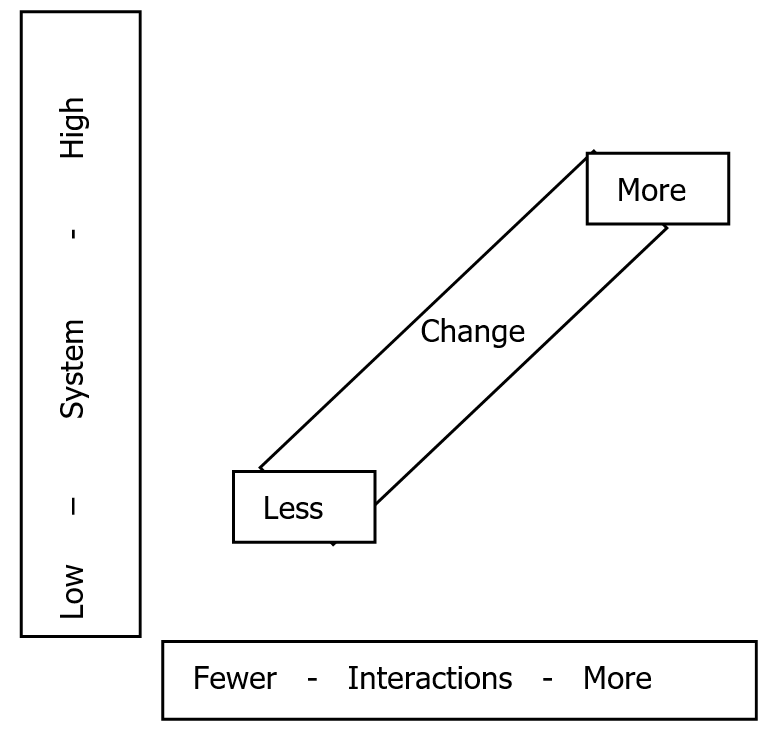
Figure 1 Dialectic emergence of change from system and interactions.
In the definition provided by Axelrod & Cohen (2000), the authors noted, "Agents ... use their strategies, in patterned interaction, ... thus changing the frequencies of types within the system (p. 154)." In the terminology of the root dimensions, this might be rephrased as, "Systems (agents) Interact (patterned interaction) with Systems (their strategies) and so increase the Levels (frequencies of types)." This relationship might be depicted as:
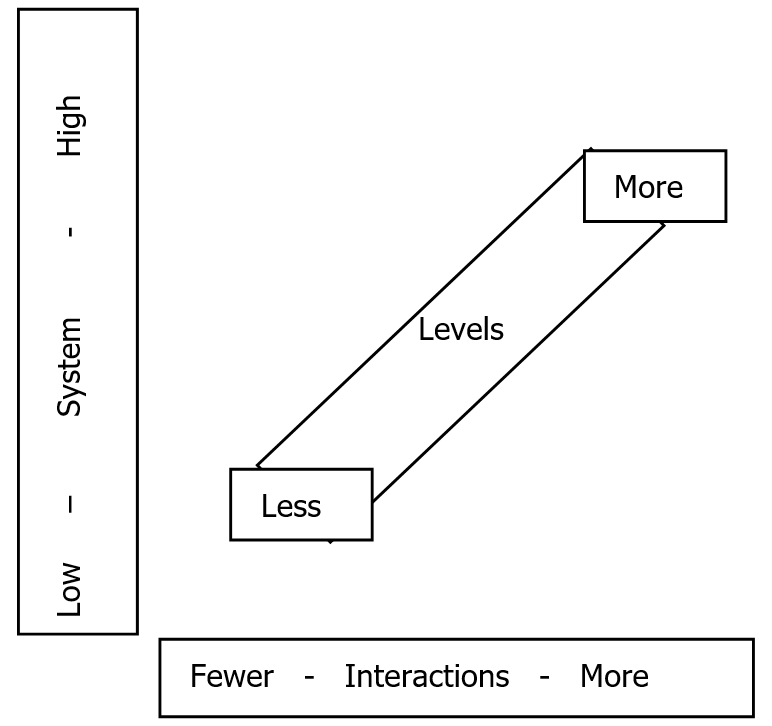
Figure 2 Levels emerge from system and interactions.
The fact that the authors specifically note the interactions of various levels of systems (agents and strategies) suggests that the "System" dimension might not be a linear one. If it were represented mathematically, it might be emphasized, for example as, "Systems (squared) times Interactions will equal Levels. However, this model is not yet to the level of sophistication that would allow such a precise representation. Another way to look at their definition, and represent it graphically, might be to say that the System dimension is, in essence, a dimension that emerges from two other dimensions—one of "quantity" of systems" and another of "quality" of systems.

Figure 3 Root dimension of system emerging from quantity and quality dimensions.
Such an investigation is an interesting opportunity for future exploration and, I speculate, may suggest a link between the "observable" systems each of us discerns, and the theoretical sense of "Systemness" suggested by this analytical method.
Hunt & Ropo (2003) stated, "the component parts interact with sufficient intricacy that standard linear equations do not predict their behavior (p. 317)." To restate this in terms for the root dimensions it might be said that, "Systems (components) Interact (interact) across Levels (intricacy) to cause Change (unpredictable behavior)." Such a relationship does not contain the same level of "quantitative" relationship that many have. A more relational definition might say, for example that, "More systems and more interactions across more levels will lead to more unpredictability. However, for the purpose of this analysis, it may be possible to assume that such a relationship was the intent of the authors. In such a case, the relationship might be depicted as:
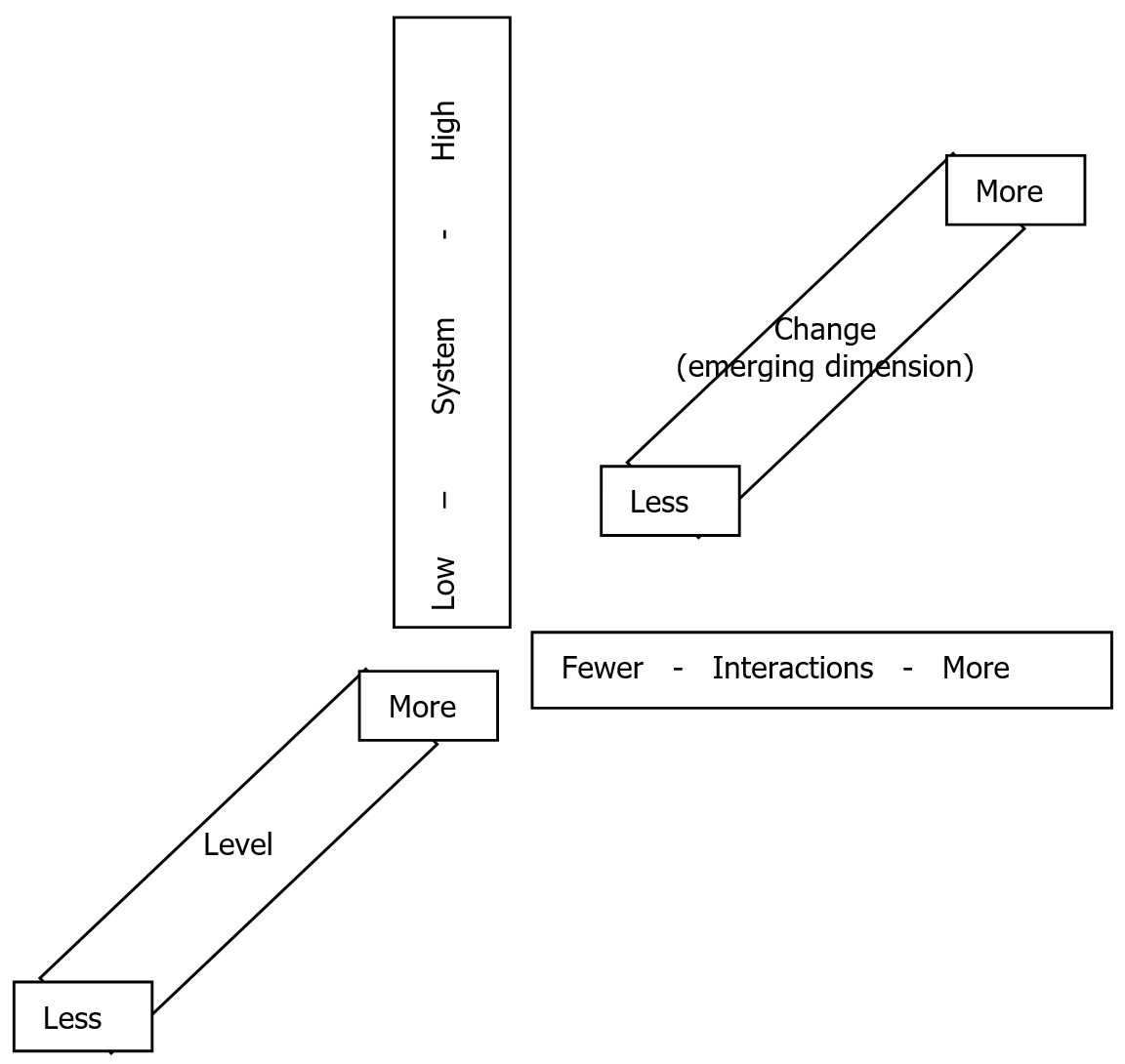
Figure 4 Emergence of change from system, levels, and interaction.
Although this form of dimensional dialectic is not developed by Nietzsche (2005, original 1886/1886), there does not seem to be any overt reason to reject it. Indeed, as this relationship is based on the authors' understanding, the diagram may be accepted as a contribution to the body of thought being developed here. However, it should be noted that this relationship suggests an area for additional study.
Stacey (1996) states,
A complex adaptive system consists of a number of components, or agents that interact with each other according to sets of rules [schemas] that require them to examine and respond to each other's behavior in order to improve their behavior (p. 10)
According to the conventions suggested by this analysis, The Stacey definition may be rephrased as, "Systems (agents) Interact (interacting, investigating behavior) across Levels (agents and schemas) causing Change (their own schemas/behaviors)." This description does not seem to provide a sense of relationship (e.g., More Systems cause more change). However, by inferring such a relationship, a more complex dialectic may be suggested where the Change may be seen as emerging from the dialectic interaction of Systems, Interaction, and Levels.
McDaniel et al. (2003) highlighted a different aspect of the emerging dimensions with their definition, "Complex adaptive systems (CAS) are composed of a number of agents interacting over time... are able to self-organize (p. 269)" In the terminology of the root dimensions, this might be re-described as, "Levels (number) of Systems (agents) that are Interacting (interacting) as Time leads to Interaction (self-organize)." This stated relationship suggests something of a loop, where interactions, in a sense, lead to interactions. This does not seem to be a tautology, however, as the direct relationship is complicated by the influence of the dimensions of Time, Levels, and Systems. As this investigation moves forward, it may become increasingly clear that there may be some sort of circular line of reasoning here. Indeed, this seems to reflect the inherent "connectedness" of the universe where one might say that everything is connected to everything else. And, while that may be true, the question seems to arise in the description of exactly how those things are connected. For example, Senge et al. (1994) discussed the notion of "reinforcing loops" where one action leads to another in a reoccurring, or recursive, process. In that sense, these dialectic relationships might be seen as reinforcing loops where more systems will tend to lead to more systems; however, there will be the influence of time, interactions, and the levels of similarity between the systems. Therefore, in order to gain some insight from their definition, it may be best to reduce the redundancy in the relationship and suggest that Systems over Time lead to Interaction. Given the complexity of the definition, however, that statement does not seem to bear as much strength as others.
Harder et al. (2004: 84) stated in their definition that,
Furthermore, the distinct and diverse parts of a living system engage in patterns of interaction that serve to maintain the homeostasis of the system, a dynamic equilibrium in which there is constant change and adaptation in the context of holding a steady state within a certain band of parameters (Boulding, 1985).
It may be that the authors are suggesting that, "System (parts) Interact (in patterns) to reduce Change (maintain homeostasis). This notion would seem to be in opposition to those above which seem to suggest that interactions and Systems serve to increase Change. However, it may also be recognized that these authors are noting certain changes at certain Levels. It may be understood that the "patterns of action" to which they refer and the "homeostasis of the system" that exists "within a certain band of parameters" might be understood as the "context" or (broadly stated) the "meta-system" (under which the agents operate). That is to say that Change and Interaction on one level (for example, the level of parts) may support stability on another level (for example the level of the context in which the agents operate). This is an area that seems to call for additional investigation along the lines of "complexity shifting" suggested by Hutchins (1995) in his description of a group that accomplishes a task by "shifting" the complexity of the task to the appropriate specialist, or even the appropriate tool.
Olson & Eoyang (2001) noted, "Agents are semi-autonomous units that seek to maximize some measure of goodness or fitness by evolving over time (Dooley, 1996: 7)." Where these authors begin with agents, and move to define them, the reverse might also be possible. It may be said, in the spirit of a process definition, that a "System (agent) emerges when there are Interactions (evolving) over Time (time)." That relationship is suggested in Figure 5.
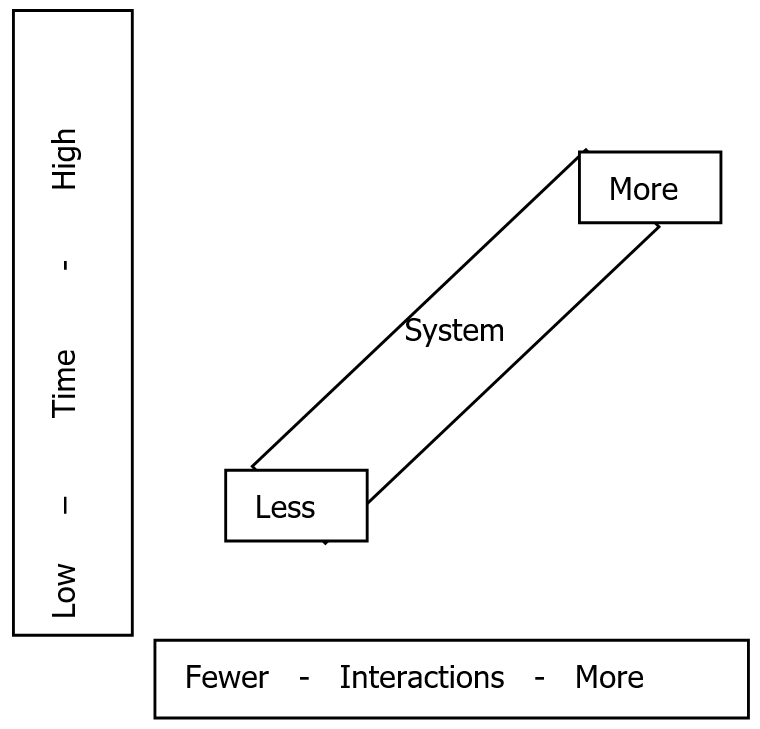
Figure 5 Systems emerging from interactions and time.
It should be noted, however, that their definition also includes multiple Levels of Systems (i.e., seeking—which may be seen as a schema from above conversations). Such a relationship suggests that Interactions and Time cause the emergence of System and Levels.
Pascale (1999) noted that a CAS, "First, it must be comprised of many agents acting in parallel (p. 84)." "Second, it continually shuffles these building blocks and generates multiple levels of organization and structure (p. 84)." Which, in the terminology of the root dimensions might be understood as, "Systems (agents) Interacting (acting) causes the emergence of Levels (of organization and structure)." Such a relationship might be portrayed as:
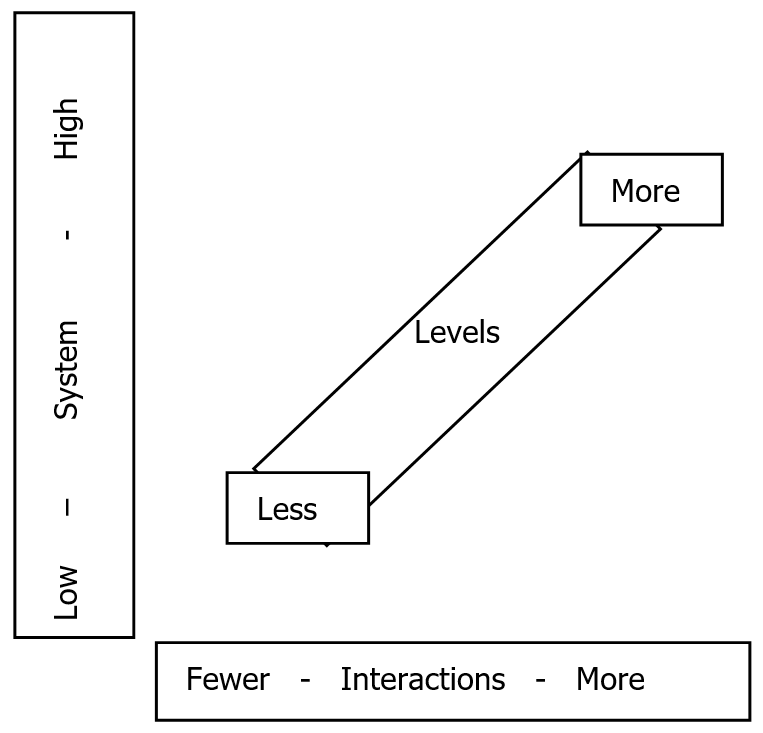
Figure 6 Levels emerging from system interactions.
Dent (2003) drew from Brown & Eisenhardt (1998) to note, "Each agent is constantly acting and reacting to what the other agents are doing. They are coadaptive, taking 'mutual advantage of each other in order to change more effectively' (p. 83)" which, in the parlance of the root dimensions might be rephrased as, "Systems (agents) that are Interacting (coadaptive) cause the emergence of Change (change more effectively). If the assumption is made that more System and More interaction create more change, the relationship might be graphically depicted as:
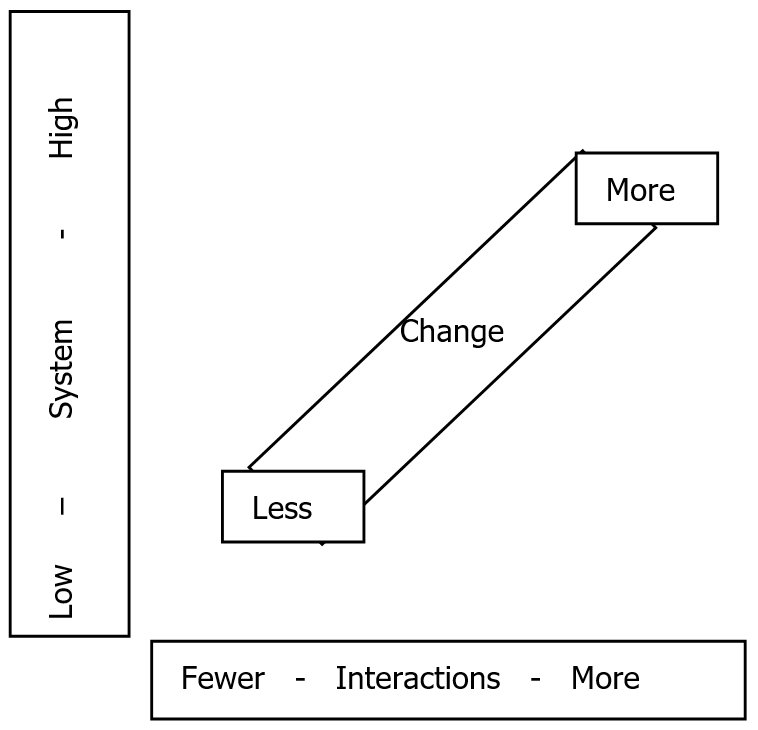
Figure 7 Change emerges from system and interactions.
This suggests the same relationship as this analysis found with Ashmos et al. (1998). Similarly, in the definition by Bennet & Bennet (2004), the authors noted, "The term complex system means a system that consists of many interrelated components with nonlinear relationships that make them very difficult to understand and predict (p. 26)." In accordance with the root dimensions, this might be rephrased as, "Systems (elements) Interact (interrelated) to cause Change (difficult to predict). This relationship might be depicted in the same way as Hunt & Ropo (2003).
Moss (2001) noted, "members may nonetheless organize themselves into stable patterns of activity and organization that provide them with a common frame of reference (p. 217)" which, In the terms of the root dimensions, might be characterized as, "System (agents) Interact (organize) enabling the emergence of System (stable patterns of activity) on what might be termed a higher Level (organization / common frame of reference). This might be depicted as:
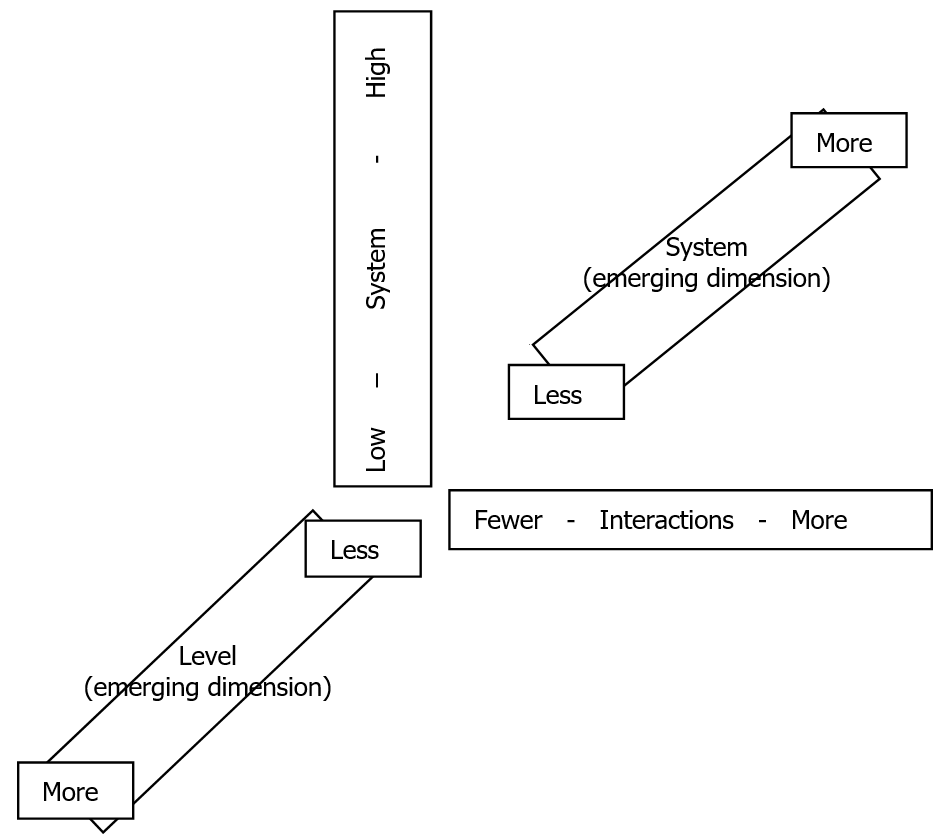
Figure 8 System and level emerging from system and interaction.
This figure seems to suggest another relationship that does not fit "neatly" into the Nietzschean dimensional dialectic. Again, it may be accepted as a useful understanding of a relationship by the author; and, an area for future study.
Chiva-Gomez (2003) noted that, "these systems self-organize themselves at the 'edge of chaos' (p. 101)" he goes on, drawing from Stacey, to describe the edge of chaos (EOC) as, "...a form of bounded instability found in the transition phase between the order and disorder zones of operation for a CAS (p. 101)." This explanation does not seem to add much to the understanding; it might be rephrased by saying, "A CAS self-organizes when it is in its own EOC." In this dissertation, the EOC is essentially recognized as a form of interaction. Certainly, the opportunity exists for more exploration in this area. For example, I speculate that (in the terms of the root dimensions) that the EOC phenomena might be explained in terms of the ratio of System to Interaction. In such a relationship, many connections between few systems might be seen as a stable environment, and few connections between many systems might be seen as a chaotic environment.
Shakun (2001) noted, "(1) players, agents, negotiators or decision makers in a group (coalition); (2) values or broadly stated desires; (3) operational goals, or specific expressions of those values; (4) decisions, actions, or controls taken to achieve these goals (p. 98)" Which, broadly stated, might be reframed as, "Levels of System (agents, coalition, values) cause the emergence of Interaction (action)." That might be represented as:
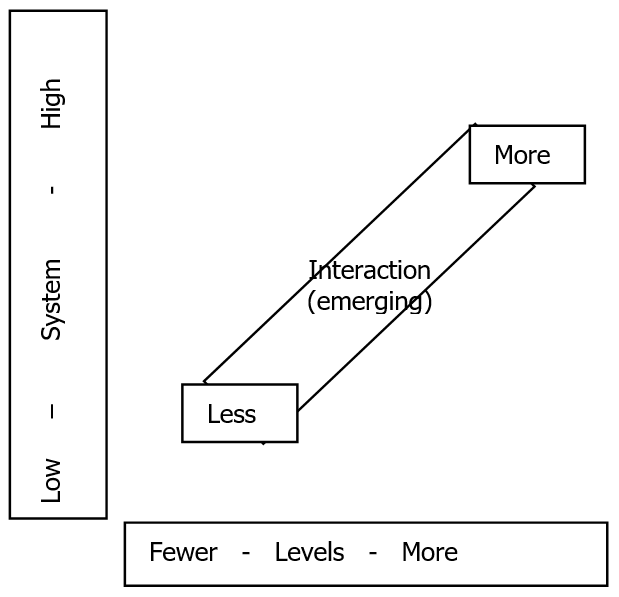
Figure 9 Interactions emerging from system and levels.
The definitions provided by some authors, do not lend themselves to this form of analysis. For example, McKelvey (2004) states, "The Arthur, et al. (1997) characterization of complex adaptive systems are what are missing [from mature sciences, orthodoxy, and much of evolutionary economics]: agent, nonlinear, level, coevolutionary, far-from-equilibrium, and self-organization effects (p. 69)." This is a more atomistic description of what a CAS is, versus how the components interact. Similarly, Lichtenstein (2000) did not suggest relationships, only stated four "basic assumptions. Also, Daneke (1999) described a CAS as, "A simulation approach that studies the coevolution of a set of interacting agents that have alternative sets of behavioral rules (p. 223)." That description does not seem to provide useful descriptions of relationships. Yellowthunder & Ward (2003) also describe a CAS in terms of "three key principles" (rather than the relationship between those principles).
McGrath (1997) made clear distinctions of levels in his description of CAS. He described people, intentions, and resources, complex systems, smaller systems (members), larger systems (organizations), and boundaries. In the terminology of the root dimensions, all of these are thought of as systems. McGrath also noted that these levels of systems are "embedded" within one another, which may suggest "Interaction." Although, with this definition, there does not seem to be a causal relationship, so it is unclear whether it might be said that interaction causes levels, or systems, or the other way around.
The following diagram is presented as a summary of the above conversation. While the display of this process is (for reasons of available space and dimensions of representation) problematic, I have depicted some of the relationships suggested by the authors. To enhance the clarity of this presentation, I have used the terms of the root dimensions, rather than the varied descriptors used by the authors. For example, where Hunt & Ropo (2003) might have stated, "the component parts interact with sufficient intricacy that standard linear equations do not predict their behavior (p. 317)." the diagram might state, "With more Systems and more Interactions across more Levels, there is increasing Change."
The following figure summarizes (and simplifies) the dialectic relationships described by the above authors. The authors are noted on the outside of the diagram, their causal dimensions just in from their citations, and the emergent dimensions listed in the center.
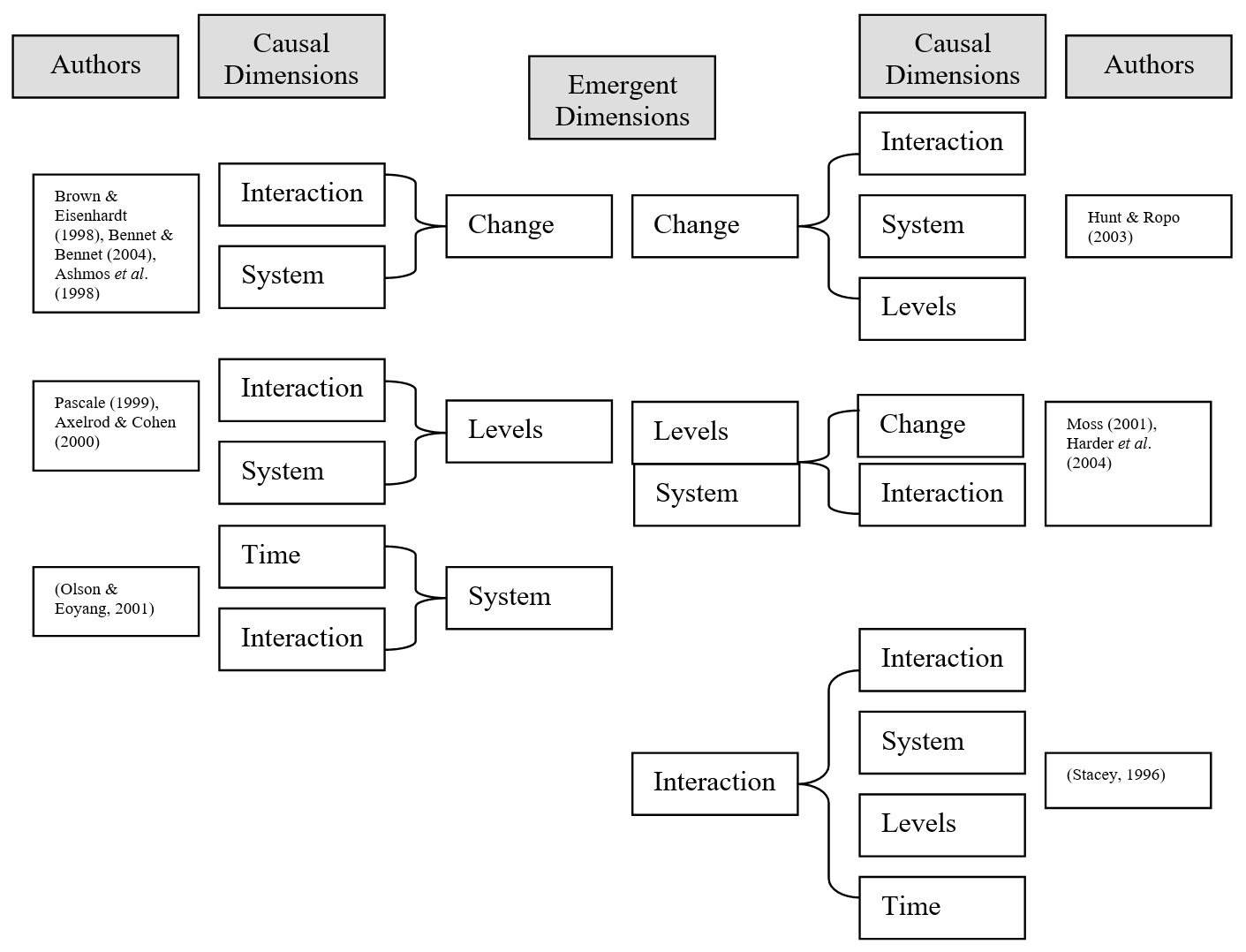
Figure 10 Combined and simplified summary of dialectic relationships.
This figure seems to indicate some similarities and some differences between the insights of the authors. While such differences may be understandable, given the relative "youth" of CAS theory, it seems as through there is significant opportunity to continue the conversation—both to reconcile understanding, and to obtain new insights.
Despite what might be thought of as dissimilarities between authors, this diagram seems to suggest the opportunity to identify co-causal dimensions within CAS theory. This relationship may be inferred from the above diagram wherever an "emergent" dimension can also be seen as a "causal" dimension. In other words, the self-referent, or reflexive nature of these dimensions suggests a robust relationship for these dimensions. While the temptation may be to reconcile these disparities by delving deeper into the writings of each author, Study Number One suggested that such an atomistic approach may be no more successful. Instead, I speculate that future studies (perhaps in computer modeling, or studies within human organizational systems) might be used to show which authors' versions are closer to the "truth."
Conclusion
In this chapter, two studies have been presented. Both studies used, as their data, 20 concise definitions of CAS theory that had been developed by scholar-practitioners. In Study #1, these data were categorized in an essentially ad hoc process that identified 26 categories of CAS components. Scientometric and bibiliometric techniques were applied to these components to surface alternative formulations of CAS theory (e.g., "expert CAS theory," "practitioner CAS theory," etc.). This process seemed sufficient to answer Q1: What aspects, components, or dimensions of CAS theory are described by organizational scholar-practitioners?
Several insights were generated, including multiple versions of CAS theory, areas of publication, which authors used the most citations, which were the most cited, and so on. However, the forms of CAS theory developed in Study #1 contained fewer components than were contained in the larger body of CAS theory—as a whole. Those gaps were seen as suggesting that the new CAS theory was less complex and therefore capable of less explanatory capacity than the body as a whole.
In Study #2, the techniques of dimensional analysis were linked with the concepts of dimensional dialectic and the concept of reflexive analysis to suggest the Reflexive Dimensional Analysis (RDA) method. Using the RDA method, the original data were coded, and a critical-reflexive analysis was performed to combine the coded data into five, coherent, root dimensions of CAS theory. The dimensions were examined through the literature to identify the robust, reflexive, co-emergent nature of the dimensions. In that process, the dimension of Time could be seen as influencing other dimensions, but not being influenced itself. This may indicate one weakness of CAS theory and/or the RDA methodology. Some of the strengths and limitations of R-CAS and the RDA process will be discussed in chapter 4.
References
Ashmos, D. P., Huonker, J. W., & Reuben R. McDaniel, J. (1998). Participation as a complicating mechanism: The effect of clinical Professional and middle manager participation on hospital performance. Health Care Management Review, 23(4), 7-20.
Axelrod, R., & Cohen, M. D. (2000). Harnessing Complexity: Organizational Implications of a Scientific Frontier. New York: Basic Books.
Bennet, A., & Bennet, D. (2004). Organizational Survival in the New World: The Intelligent Complex Adaptive System. Burlington, Massachusetts: Elsevier.
Brown, S. L., & Eisenhardt, K. M. (1998). Competing on the Edge: Strategy as Structured Chaos. Boston: Harvard Business School Press.
Chiva-Gomez, R. (2003). The Facilitating Factors for Organizational Learning: Bringing Ideas from Complex Adaptive Systems. Knowledge and Process Management, 10(2), 99-114.
Daneke, G., A. (1999). Systemic Choices: Nonlinear Dynamics and Practical Management. Ann Arbor: The University of Michigan Press.
Dent, E. B. (2003). The complexity science organizational development practitioner. Organization Development Journal, 21(2), 82.
Harder, J., Robertson, P. J., & Woodward, H. (2004). The spirit of the new workplace: Breathing life into organizations. Organization Development Journal, 22(2), 79-103.
Hunt, J. G. G., & Ropo, A. (2003). Longitudinal organizational research and the third scientific discipline. Group & Organizational Management, 28(3), 315-340.
Hutchins, E. (1995). Cognition in the Wild: MIT Press.
McDaniel, R. R., Jordan, M. E., & Fleeman, B. F. (2003). Surprise, surprise, surprise! A complexity science view of the unexpected. Health Care Management Review, 28(3), 266-277.
McGrath, J. E. (1997). Small group research, that once and future field: An interpretation of the past with an eye to the future. Group Dynamics: Theory, Research, and Practice, 1(1), 7-27.
McKelvey, B. (2004). Toward a 0th law of thermodynamics: Order-creation complexity dynamics from physics and biology to bioeconomics. Journal of Bioeconomics, 6(1), 65-96.
Moss, M. (2001). Sensemaking, Complexity and Organizational Knowledge. Knowledge and Process Management, 217.
Nietzsche, F. (2005, original 1886, 12/12/2005). Beyond Good and Evil. Etext. Retrieved from Olson, E. E., & Eoyang, G. H. (2001). Facilitating Organizational Change: Lessons From Complexity Science. San Francisco: Jossey-Bass/Pfeiffer.
Pascale, R. T. (1999). Surfing the edge of chaos. Sloan Management Review, 40(3), 83.
Senge, P., Kleiner, K., Roberts, S., Ross, R. B., & Smith, B. J. (1994). The Fifth Discipline Fieldbook: Strategies and Tools for Building a Learning Organization. New York: Currency Doubleday.
Shakun, M. F. (2001). Unbounded Rationality. Group Decision and Negotiation, 10(2), 97-118. Stacey, R. D. (1996). Complexity and Creativity in Organizations. San Francisco: Berrett-Koehler Publishers, Inc.
Yellowthunder, L., & Ward, V. (2003). Designing and Implementing Organizational Change in a Complex Adaptive System. In G. H. Eoyang (Ed.), Voices From the Field: An Introduction to Human Systems Dynamics (pp. 125-144). Circle Pines, Minnesota: Human Systems Dynamics Institute.